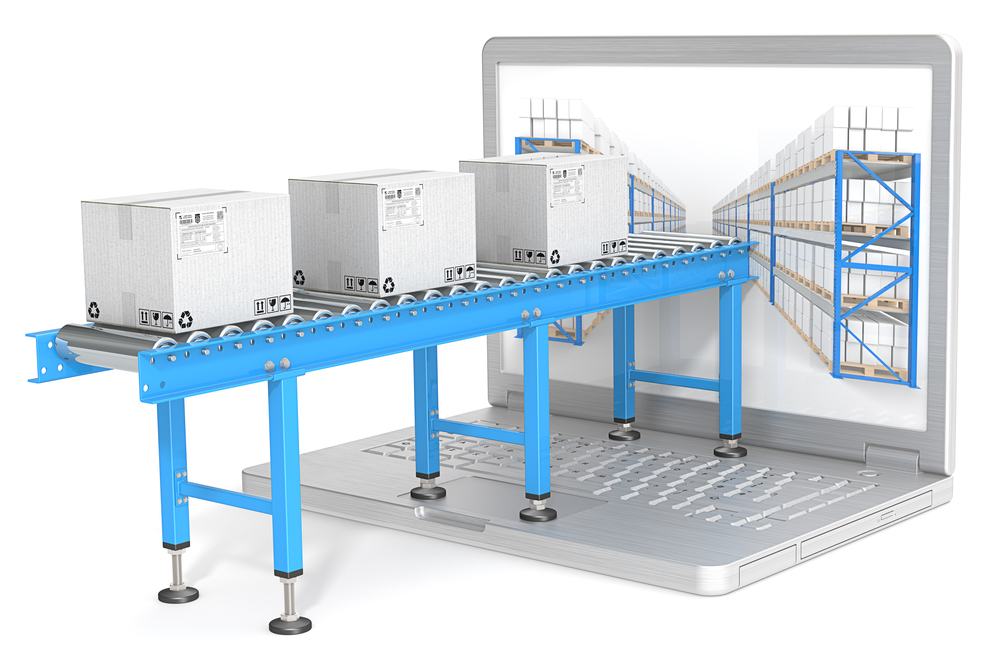
There’s a lot of talk about the ‘new normal’ post-COVID-19. Although no one really knows what this looks like, there’s plenty of speculating out there to fuel headlines, both good and bad. For those looking past the sensationalized headlines to the movements of the industry, the new normal is becoming clearer by the day — at least, the new normal of what the freight transport landscape is shaping up to be. The amount of mergers and acquisitions (M&A), bankruptcies, service pivots, and expansion is prolific, and it’s leading to a major shakeup as we emerge in a post-COVID-19 world.
Signs of change loom large in M&A activity
COVID-19 is by no means the only driver for change in the logistics industry right now — it’s merely a catalyst. As far back as the first quarter of 2019, signs of impending change have been evident, particularly for M&A. Mergers and acquisitions dotted the landscape in 2019 and early 2020, and are expected to continue into the end of 2020 and beyond.
For some companies, mergers are a way to grab market share, as is the case with intermodal giant J.B. Hunt Transport Services’ acquisition of Cory 1st Choice Home Delivery in 2019 and Special Logistics Dedicated in 2017 — a play at last-mile delivery. For others, it’s about diversification acquisition. Companies like Kenco Logistics and DSC Logistics have made acquisitions centered on ecommerce fulfillment and freight brokerage to expand their core warehousing services.
COVID-19 might have put a damper on M&A activity in early 2020, but it’s a trend that still has legs. According to PWC, “despite a decline in M&A activity during H1 2020, average deal size grew over H1 2019.” Activity may be down, but 3PLs are paying a premium to gain valuable capabilities as the uncertainties of the new normal loom ahead.

Digitization is driving shakeups
The digital supply chain isn’t a new concept, but COVID-19 and the impending new normal have rapidly accelerated it. As a result, those with the means to digitize have begun making strategic investments. Those without the agility are being forced out or absorbed.
Data warehousing and de-siloed data analysis are driving smarter supply chain insights at a time when companies are working hard to fortify their channels against the next big disruptor. Broad data is helping them establish more efficient supply chains, which has led to everything from smarter TMS’ to better contract management and logistical decision-making at every point in the chain of custody.
It all leads, once again, to consolidation. Even if they don’t know what the new normal will be, companies are preparing for it by acquiring talent, software, and other companies. From ecommerce fulfillment to last-mile, freight providers see digital acquisitions as the means to thrive in the new normal.

Let the new normal come
The new normal doesn’t inspire the trepidation it might otherwise, thanks to the proactive stance many freight providers have taken. They’re shoring up service gaps, making strategic technology investments, and even pivoting services to ensure optimal agility in uncertain times. Their ability to thrive now is fueling the confidence to land on their feet in the new normal.
Changes to the freight industry today have already begun shaping the new normal. From integrated service offerings that simplify carrier interactions, to digital technologies that save money and promote flexibility, the new normal isn’t coming — it’s being created. And while a major shakeup is yet to come, the tremors from 2019 and early 2020 hint that it’s coming soon.
